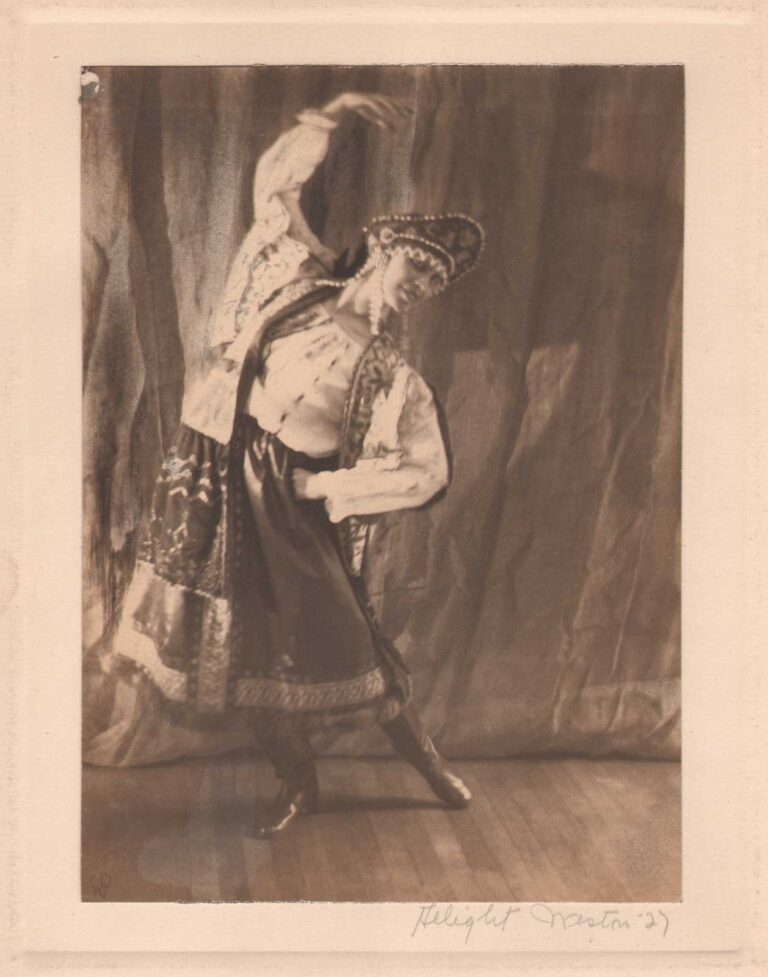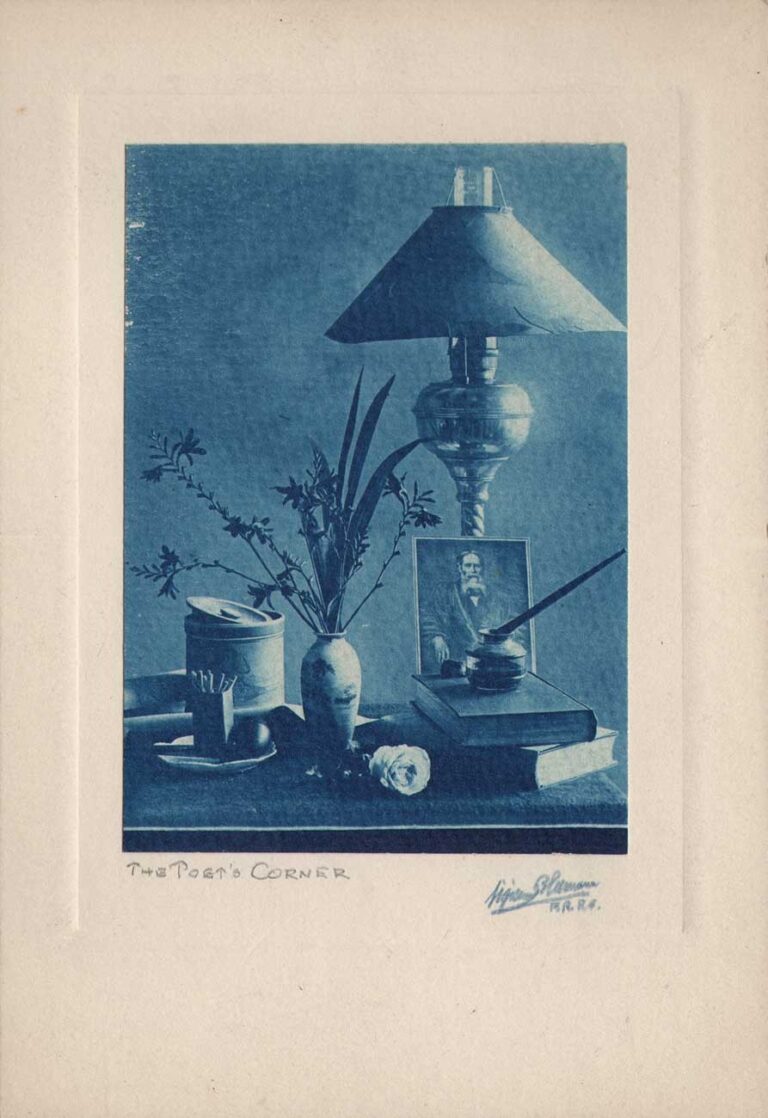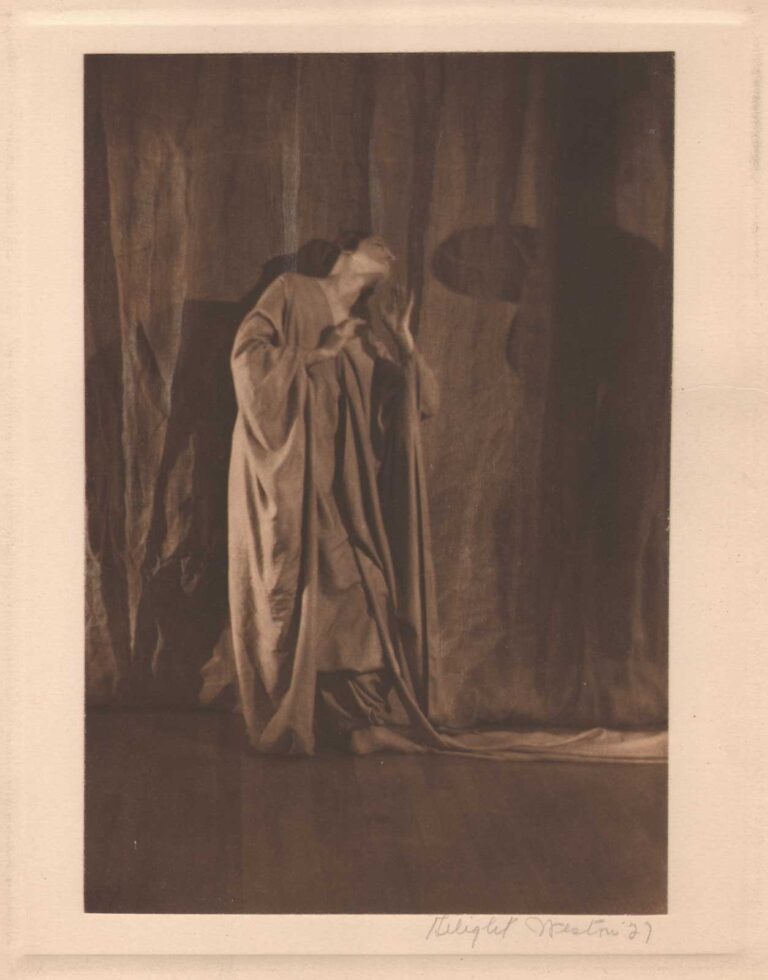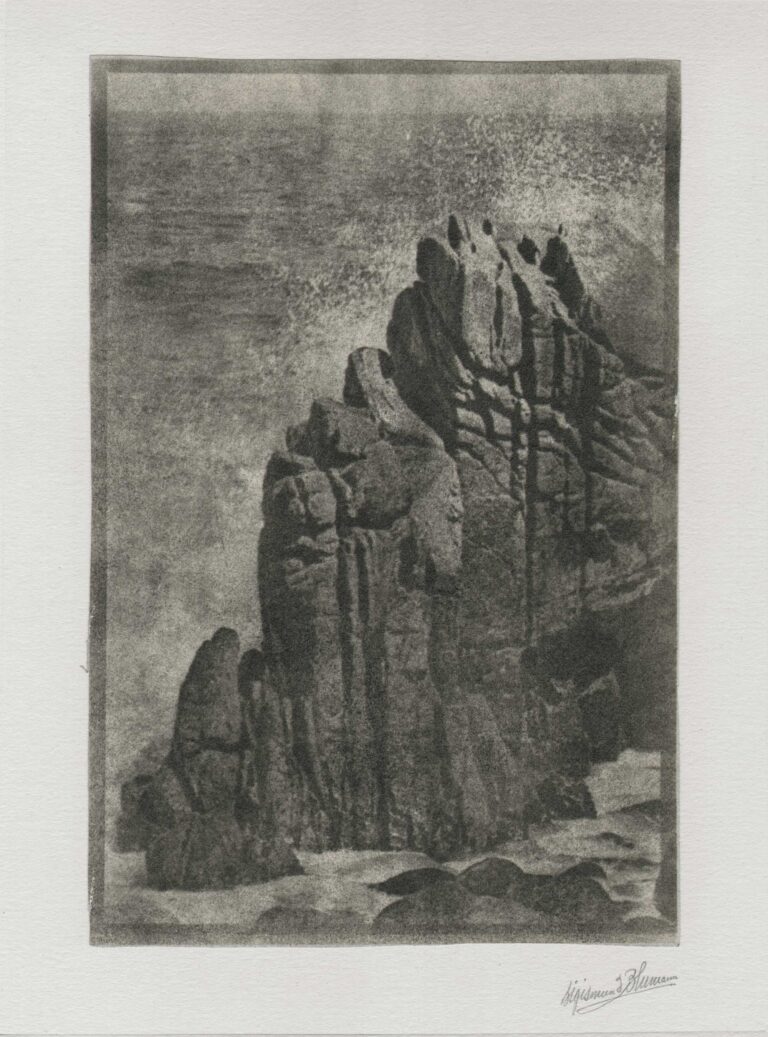
Building the Union Terminal
At last, in 1926, the tower began to rise, the square gridwork growing taller and taller, then the round tower rising like a needle — higher than anything Cleveland had ever seen. (1.)
The CLEVELAND UNION TERMINAL and Terminal Tower, Cleveland’s most familiar landmark, was the largest construction project of the 1920s in the city. Originally intended for the north end of the MALL, the railroad terminal was located on PUBLIC SQUARE by ORIS P. AND MANTIS J. VAN SWERINGEN following a public referendum in 1919. Excavation of the site began in 1924. The entire depot and office complex was designed by Chicago architects Graham, Anderson, Probst & White. The unprecedented engineering for the project included foundations 250′ deep for the tower, the demolition of more than 1,000 buildings, and the construction of many bridges and viaducts for the railroad approaches. Construction on the steelwork began in 1926, and the 708′ Terminal Tower was completed in 1927, the tallest building in the world outside New York City until 1953 and in the United States until 1964. – Encyclopedia of Cleveland History-Case Western Reserve University
✻ ✻ ✻ ✻ ✻
Mr. Schaaf was well known for his photography. His home-oil pictures hang in salons all over the world. Recently the Smithsonian Institution requested some of his old pictures. Two sons survive. – The New York Times– obituary excerpt, June 9, 1950
Albert Ernest Schaaf: 1866-1950
Amateur photographer and Cleveland industrialist Albert E. Schaaf, a business executive in bicycle and automobile manufacturing in his early career, became the founder and eventual chairman of the board of the Air-Maze Corporation in 1925, a manufacturer of air and liquid filters that became a pioneer in their development across a wide range of uses. Vintage Works, LTD. website states: “Schaaf became photographically active in the teens and 1920s. He was known to work in alternative processes, including gum prints, oil prints, bromoils and bromoil transfers.”



